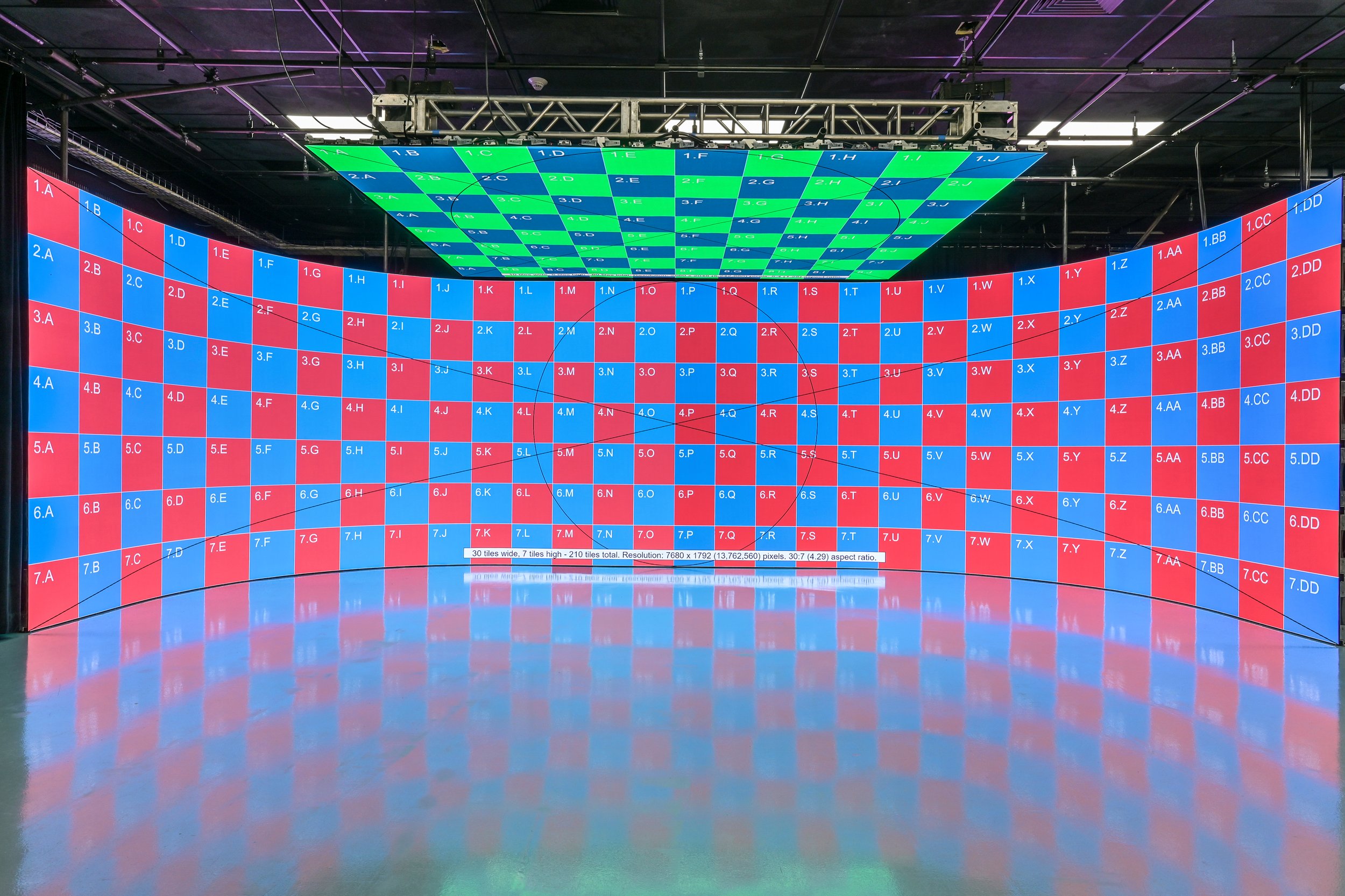A Thorough Comparison of Different LED Display Wall Technologies and Their Uses
A Thorough Comparison of Different LED Display Wall Technologies and Their Uses
Blog Article
LED video walls have become more common in various environments, including music events, sports events, as well as business meetings. These large big displays consist of composed of numerous small LED panels that work together to form a cohesive unified visual. Various multiple types of Light Emitting Diode display wall technologies available, every having its unique characteristics as well as benefits. Grasping these technologies can help companies and organizations select the appropriate option for their specific requirements.
A frequent type of LED display wall technology is the directly viewed Light Emitting Diode. This technology uses separate Light Emitting Diode modules which are arranged closely together to create a big screen. Direct view Light Emitting Diode walls are recognized for their elevated luminosity as well as vibrant colors, making them perfect for external activities or brightly lit environments. These displays also have a broad sight perspective, allowing indicating that people can see the display distinctly at various positions. This makes directly viewed Light Emitting Diode screens a favored choice for sports arenas as well as outdoor festivals.
A different kind of Light Emitting Diode display screen technology is the LED-backlit LCD. Such solution merges traditional LCD displays and Light Emitting Diode illumination to enhance brightness as well as hue precision. LED illuminated LCDs are often utilized in indoor settings, including shopping malls and conference spaces. These displays provide superior visual clarity while are generally more cost-effective than direct view Light Emitting Diode walls. Nonetheless, they may often perform as well in bright settings, since the illumination can occasionally dull the hues.
A third choice is the Organic Light Emitting Diode video wall. Organic Light Emitting Diode solution offers exceptional differentiation as well as hue depth compared to other types of displays. Each dot in an OLED display emits its individual luminescence, enabling for genuine dark tones and vibrant colors. This makes Organic Light Emitting Diode display screens especially attractive for applications that require high-quality visuals, such as art galleries or luxury shopping outlets. Nonetheless, Organic Light Emitting Diode solution can be more costly while may often be as luminous as directly viewed Light Emitting Diode screens, rendering it not suitable for outdoor use.
In addition to the aforementioned options, various also various applications for Light Emitting Diode display screens. They can be utilized for promotion, entertainment, as well as data presentation. For example, businesses often use Light Emitting Diode display screens for electronic advertising to attract customers as well as promote products. Within entertainment, they enhance the visual experience at concerts and gatherings, offering lively backgrounds and engaging images. In corporate environments, Light Emitting Diode video screens can be used for presentations, visual meetings, and educational programs, aiding to communicate data in a aesthetically attractive manner.
In conclusion, Light Emitting Diode display walls come in various technologies, each having its own benefits and applications. Direct view Light Emitting Diode screens are great for outdoor applications, while led video wall for shopping malls LED-backlit Liquid Crystal Displays are more suitable for indoor settings. OLED video screens offer exceptional visual quality yet may be at a higher price. Understanding these variations can assist organizations make knowledgeable decisions about the best type of LED display wall most meets their needs, whether it be for promotion, entertainment, and business use.